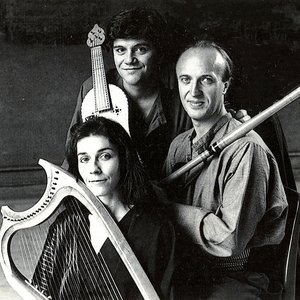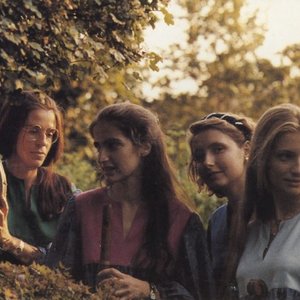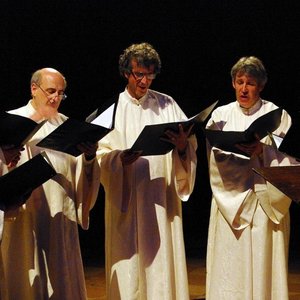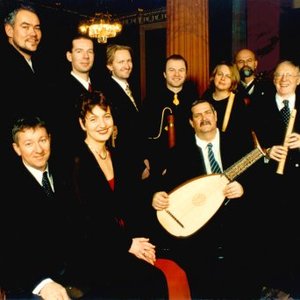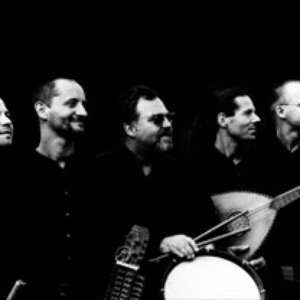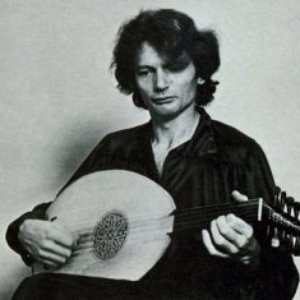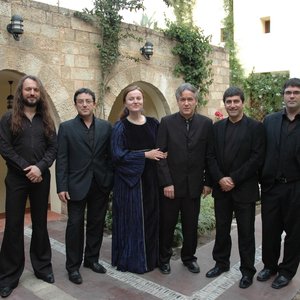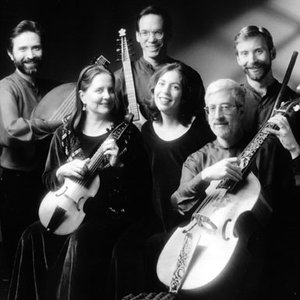Biography
-
Born
2000 (age 24)
Belgian medieval music ensemble Millenarium is of the scholarly sort, basing interpretations of these little dance pieces on close study of commentaries and visual representations from the period. Indeed, the delightful paintings of musicians (apparently from a manuscript of Boethius' De Arythmetica, de Musica), many of them female, in good color reproductions scattered all through the booklet, are a nice bonus for the buyer of this release. The good news is that this is by no means a "scholarly" album; it's quite entertaining. The group uses a collection of seven instruments, enough to vary the texture considerably (although they point out that a medieval jongleur might have been expected to master as many as 20). The overall sound is smooth, but by no means sparse. The players lay stress in the booklet essay on the idea that, even though it wasn't put into notation, there was a virtuoso tradition among the instrumentalists of medieval France. The chief exemplar of that virtuosity here is percussionist Thierry Gomar, whose extremely lively playing of a small hourglass drum, held sideways, may at times make you wonder whether your CD changer switched over to a jazz album by mistake. Several pieces begin with extensive percussion introductions that make musical sense, although one might have wished to hear a bit about the thinking behind this decision. The other major distinction of this album lies in Millenarium's effort to expand the repertory. The reason the same few pieces keep showing up on albums that include medieval instrumental music is that those pieces were the only ones scribes bothered to set down in musical notation; the tradition was otherwise transmitted orally. What Millenarium does (all the members of the group contribute) is to adapt vocal pieces, drawing in several cases on what's known of medieval dance in shaping the final result. This makes sense inasmuch as a wandering troubadour and harpist might very well have been one and the same person, but one wonders about the use of virelais, complex pieces that depended on a certain interaction of music and text, in this way. Such considerations aside, this album can be enjoyed by anyone curious about the instrumental music medieval courtiers might have heard, and it's ideal for, say, events held in a museum's medieval gallery. The sound, as usual with Ricercar, is superb.
Artist descriptions on Last.fm are editable by everyone. Feel free to contribute!
All user-contributed text on this page is available under the Creative Commons Attribution-ShareAlike License; additional terms may apply.

